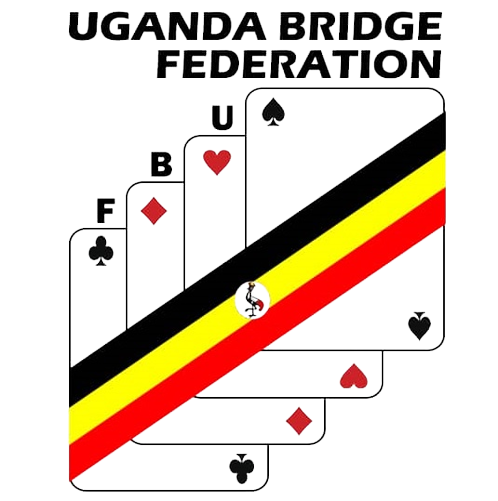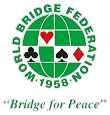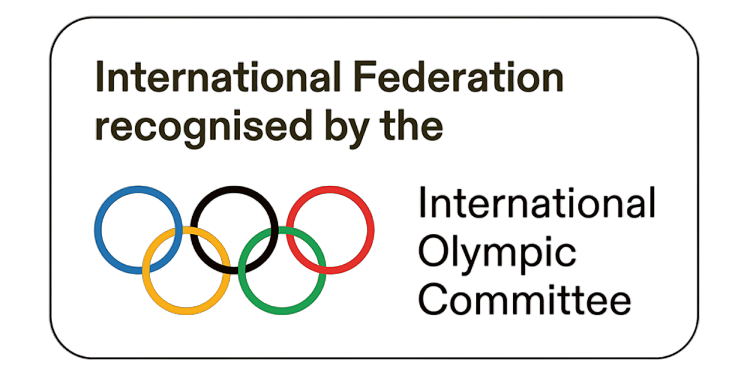ToTo Bridge


Presentation
The ToTo Bridge program was developed by Uganda Bridge Federation with the primary objective of teaching Bridge from grassroots levels specifically for children from (5)6 to 8 years old. ToTo Bridge is played in a 2 pair system, designed to teach pupils the basic Bridge playing tactics which develops pupils’ critical skills of TEAMWORK, LOGIC, MEMORY, COMMUNICATION, PROBLEM SOLVING, RESPECT, RESILIENCE, CEREBRAL FITNESS, ANALYSIS SKILLS AND MATHEMATICS. The program is designed to systematically fit in the elementary / Lower primary Schools teaching curriculum.
It is a 4×10 cards game derived from the Bridge game, specially designed for cycle 2 pupils to allow teachers to introduce various exercises around the completion to 10, a central skill in Year 2 of Primary School.
In order to be adapted to children from (5)6 to 8 years old, the suits are more strongly differentiated (blue, green, yellow and red) than in Bridge (Spades, Hearts, Diamonds and Clubs) and each one is associated with a particular theme (animals, modes of transport, fruits and vegetables, clothes):

Rules of the game
Depending on the level of the children, keep the 10 cards or remove, if necessary, the four 10s, the four 9s… Form a group of four children, have one of them shuffle the cards and then he/she deals them one by one, face down, clockwise. Children facing each other are on the same team.

Each child looks at his or her cards without showing them to the others, then arranges them family by family from the highest (the highest number) to the lowest (the 1). The child who dealt first puts a card on the table, then the child sitting to his left puts all his cards on the table, face up, family by family, from highest card to lowest. During the whole game, he will play the card that his partner will specify without being able to intervene: he becomes the “dummy”.

The other kids play the card of their choice in each trick (set of four cards played), without showing the rest of their deck. There is only one rule during the game: if a player has cards from the requested family, he must play one of them. The highest card of the requested family wins the trick and then the winner plays the next trick.
Benefits of the game
At the end, the side that has made the most tricks has won the game (there can be a tie)! The game is played by adding up the results of four or eight games.
These extremely simple rules are also exactly the same as the card play in Bridge. Apart from the number of cards which differs (13 instead of 10), this one differs on two points:
- the possibility of playing trump, which is quite possible in ToTo Bridge
- the existence of a phase of play prior to the card play, which is called “the auction”. These are simply used to determine the number of tricks and the trump that one side will agree to undertake.
The small number of rules to follow makes ToTo Bridge, like Bridge, a game where the number of possible strategies is huge. Being a team collaborative game, it allows to learn both the respect of rules and the collaborative research of a solution. Through the many dedicated exercises that we will detail, it also allows to cover in a playful way a whole range of skills involved in the development of 6-8 years old.

The advantages of ToTo Bridge are numerous. Here are a few of them:
1. It is a collaborative cerebral game that allows the construction of a cognitive process through the exchange with one’s partner. It is usually played with two players against two others, but variations with three or even two players can easily be set up. It places the child at the heart of an educational game both in school and on holidays with his or her family.
2. It allows to keep up with the sense of numbers for the youngest, which importance in the learning of mathematics is regularly underlined by Stanislas DEHAENE, President of the french Scientific Council of National Education. Then it has also its importance in the numbering , the notion of order , and by complementary activities in the completion to 10 and the calculation operations . It is also a good way to work on reading .
3. It emphasizes the development of reasoning and gives the child a taste for finding a solution .




